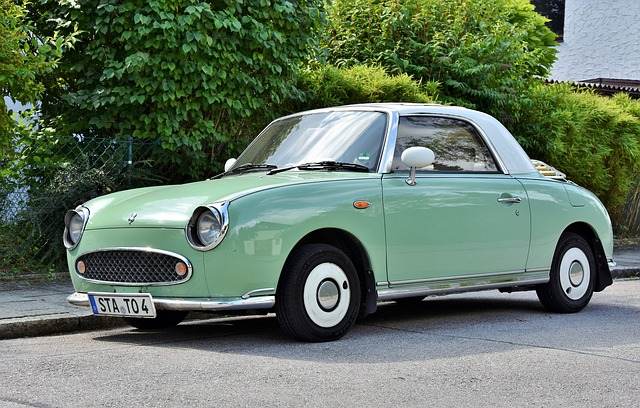Introduction
Uneven brake pad wear is a common issue faced by vehicle owners. It can lead to reduced braking performance, increased stopping distances, and even potential safety hazards. Understanding the causes of uneven brake pad wear is crucial for maintaining optimal braking efficiency and ensuring the safety of both the driver and passengers. In this article, we will explore the various factors that contribute to uneven brake pad wear.
Brake System Design
Caliper Design: The design of the brake caliper plays a significant role in brake pad wear. If the caliper is not properly aligned or functioning correctly, it can cause uneven pressure distribution on the brake pads, leading to uneven wear. Calipers should be inspected regularly and replaced if any issues are detected.
Brake Rotor Quality: Poorly manufactured or damaged brake rotors can contribute to uneven brake pad wear. If the rotor surface is uneven, warped, or has excessive runout, it can cause the brake pads to wear unevenly. Regular inspection and maintenance of the brake rotors are essential to prevent this issue.
Driving Habits
Aggressive Driving: Frequent hard braking, rapid acceleration, and abrupt stops can accelerate brake pad wear. Aggressive driving habits generate more heat and friction, causing uneven wear on the brake pads. Drivers should adopt smoother driving techniques to reduce unnecessary wear and tear on the brake system.
Brake Riding: Keeping your foot on the brake pedal while driving, even lightly, can cause the brake pads to wear unevenly. This is known as brake riding. It generates excessive heat, leading to glazing and uneven wear. It is important to avoid resting your foot on the brake pedal when not actively braking.
Brake Pad Material
Quality of Brake Pads: The quality of the brake pads used can greatly impact their wear pattern. Low-quality brake pads may wear unevenly due to variations in material composition and durability. Investing in high-quality brake pads from reputable manufacturers can help minimize uneven wear.
Hard or Soft Brake Pads: Brake pads are available in different materials, each with its own characteristics. Harder brake pads tend to be more durable but may cause increased wear on the brake rotors. Softer brake pads provide better braking performance but can wear faster. The choice of brake pad material should be based on the vehicle’s usage and the driver’s preferences.
Brake System Maintenance
Brake Fluid Contamination: Contaminated brake fluid can affect the performance of the brake system, leading to uneven brake pad wear. Moisture, dirt, and debris can accumulate in the brake fluid over time, compromising its effectiveness. Regular brake fluid flushes and replacements are necessary to maintain optimal brake performance and prevent uneven wear.
Lack of Lubrication: Proper lubrication of brake components, such as caliper slides and pins, is crucial for even brake pad wear. Insufficient lubrication can cause the brake pads to stick or drag, resulting in uneven wear. Regular lubrication as part of routine brake maintenance can help prevent this issue.
Conclusion
Uneven brake pad wear can be caused by various factors, including brake system design, driving habits, brake pad material, and maintenance practices. It is important to address these factors to ensure optimal braking performance and safety. Regular inspections, maintenance, and the use of high-quality brake components are essential for preventing uneven brake pad wear.
References
– www.cars.com
– www.popularmechanics.com
– www.brakeandfrontend.com











